The world is entering a new era of warfare, with artificial intelligence taking center stage. AI is making militaries faster, smarter and more efficient. But if left unchecked, it threatens to destabilize the world.
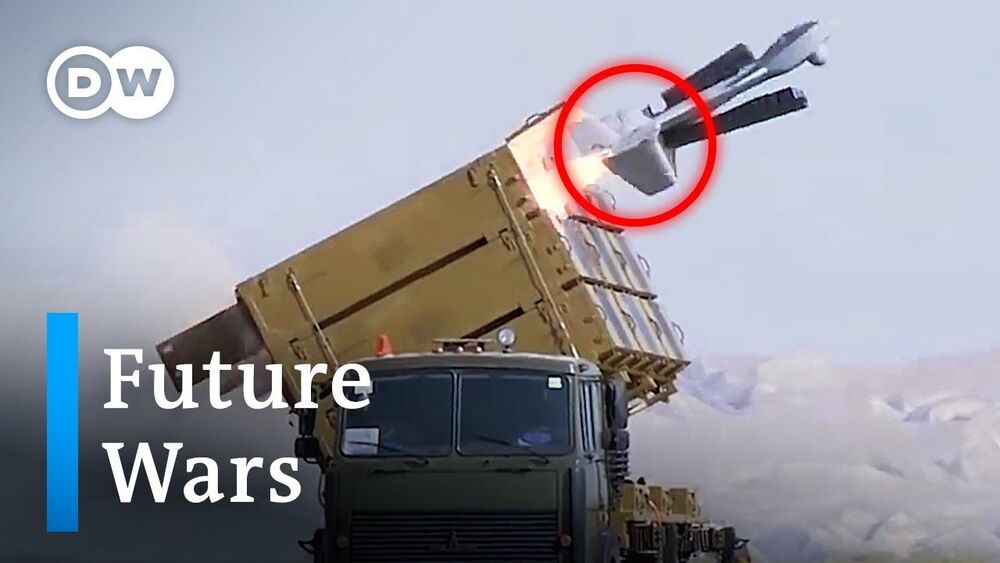

The world is entering a new era of warfare, with artificial intelligence taking center stage. AI is making militaries faster, smarter and more efficient. But if left unchecked, it threatens to destabilize the world.
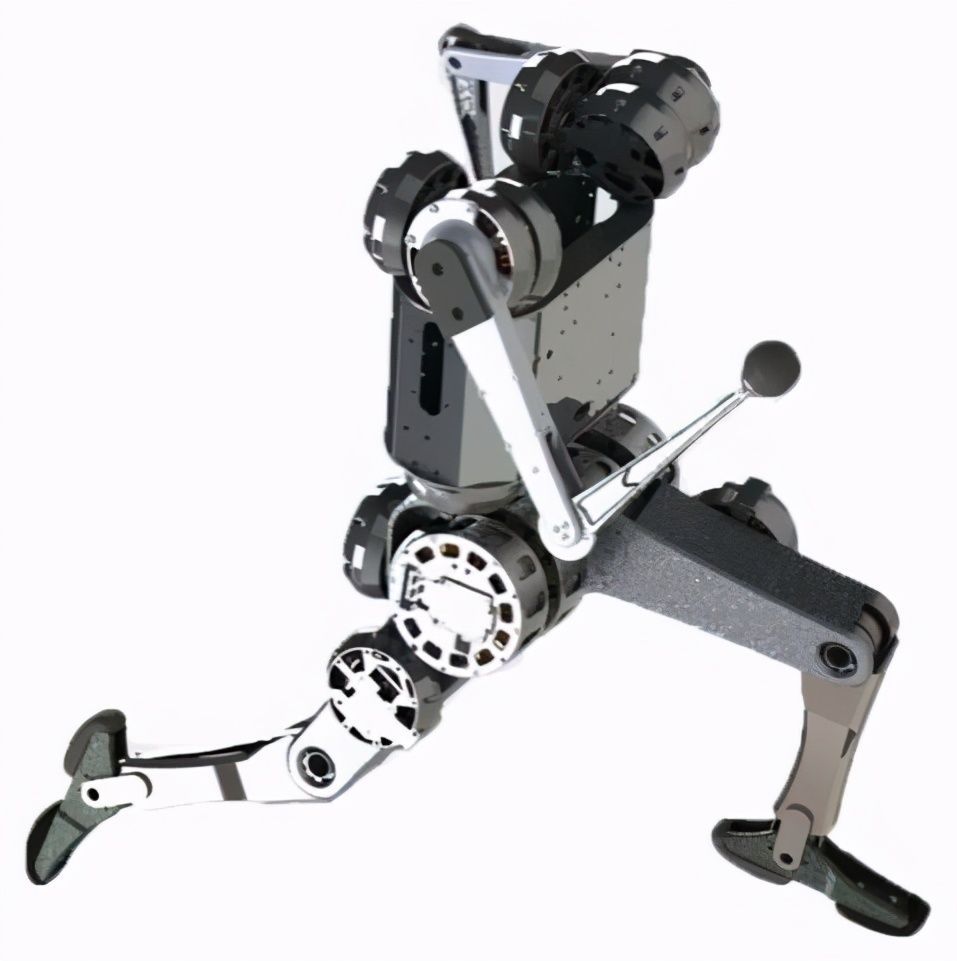
This small-scale humanoid is designed to do parkour over challenging terrains.
For a long time, having a bipedal robot that could walk on a flat surface without falling over (and that could also maybe occasionally climb stairs or something) was a really big deal. But we’re more or less past that now. Thanks to the talented folks at companies like Agility Robotics and Boston Dynamics, we now expect bipedal robots to meet or exceed actual human performance for at least a small subset of dynamic tasks. The next step seems to be to find ways of pushing the limits of human performance, which it turns out means acrobatics. We know that IHMC has been developing their own child-size acrobatic humanoid named Nadia, and now it sounds like researchers from Sangbae Kim’s lab at MIT are working on a new acrobatic robot of their own.
We’ve seen a variety of legged robots from MIT’s Biomimetic Robotics Lab, including Cheetah and HERMES. Recently, they’ve been doing a bunch of work with their spunky little Mini Cheetahs (developed with funding and support from Naver Labs), which are designed for some dynamic stuff like gait exploration and some low-key four-legged acrobatics.
In a paper recently posted to arXiv (to be presented at Humanoids 2020 in July), Matthew Chignoli, Donghyun Kim, Elijah Stanger-Jones, and Sangbae Kim describe “a new humanoid robot design, an actuator-aware kino-dynamic motion planner, and a landing controller as part of a practical system design for highly dynamic motion control of the humanoid robot.” So it’s not just the robot itself, but all of the software infrastructure necessary to get it to do what they want it to do.

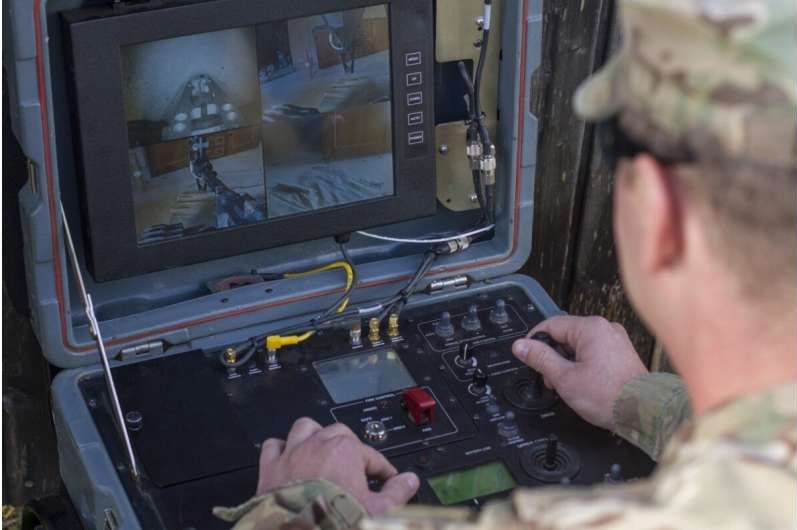
Army researchers have developed a pioneering framework that provides a baseline for the development of collaborative multi-agent systems.
The framework is detailed in the survey paper “Survey of recent multi-agent reinforcement learning algorithms utilizing centralized training,” which is featured in the SPIE Digital Library. Researchers said the work will support research in reinforcement learning approaches for developing collaborative multi-agent systems such as teams of robots that could work side-by-side with future soldiers.
“We propose that the underlying information sharing mechanism plays a critical role in centralized learning for multi-agent systems, but there is limited study of this phenomena within the research community,” said Army researcher and computer scientist Dr. Piyush K. Sharma of the U.S. Army Combat Capabilities Development Command, known as DEVCOM, Army Research Laboratory. “We conducted this survey of the state-of-the-art in reinforcement learning algorithms and their information sharing paradigms as a basis for asking fundamental questions on centralized learning for multi-agent systems that would improve their ability to work together.”
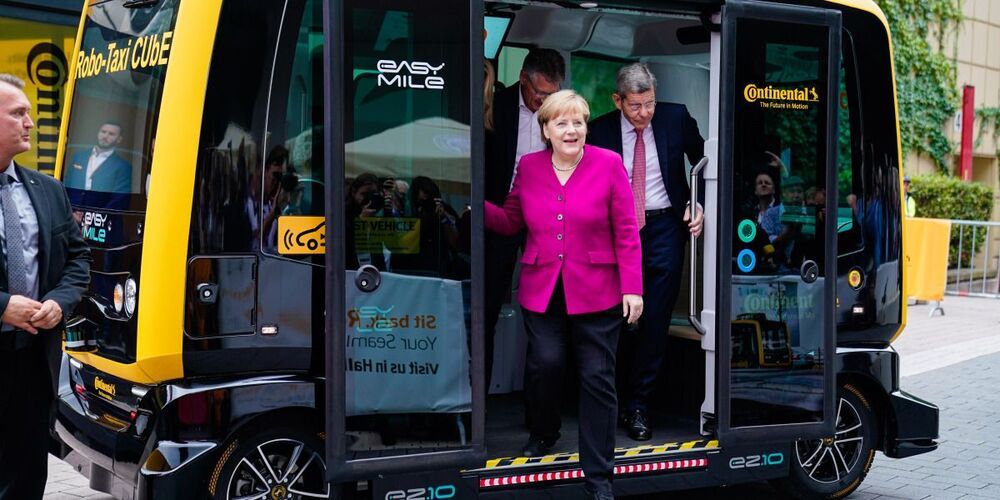

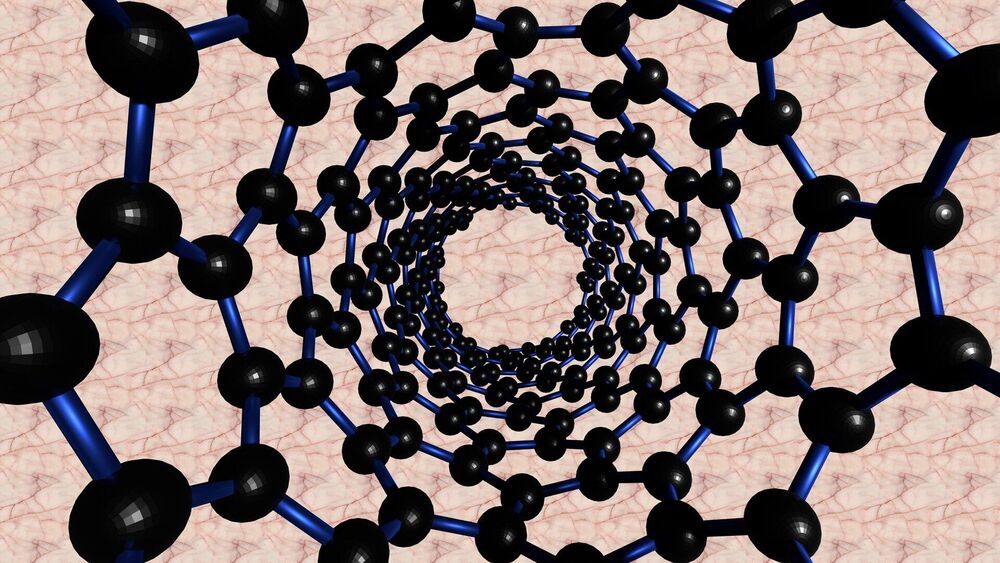
MIT engineers have discovered a new way of generating electricity using tiny carbon particles that can create a current simply by interacting with liquid surrounding them.
The liquid, an organic solvent, draws electrons out of the particles, generating a current that could be used to drive chemical reactions or to power micro-or nanoscale robots, the researchers say.
“This mechanism is new, and this way of generating energy is completely new,” says Michael Strano, the Carbon P. Dubbs Professor of Chemical Engineering at MIT. “This technology is intriguing because all you have to do is flow a solvent through a bed of these particles. This allows you to do electrochemistry, but with no wires.”


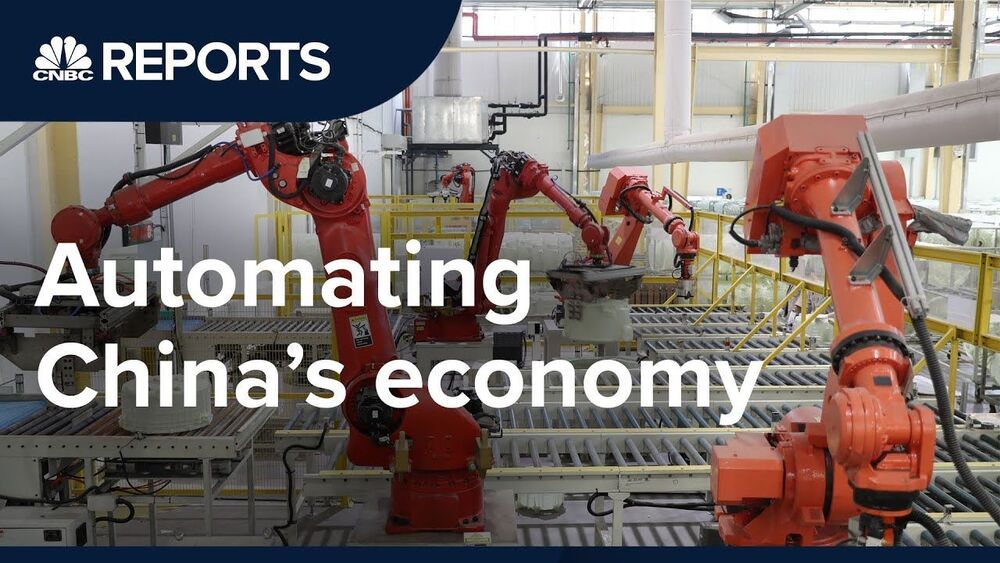
China’s economy is facing several risks: an aging population, less working-age people, and rising wages. So how is the country responding to these threats? A big part of the answer is automation. From factories to warehouses, several industries are pushing to automate more of their workforce. CNBC’s Arjun Kharpal spoke to China’s largest retailer, JD.com about its new smart logistics center, and examined what comes next for the world’s second largest economy.
–
Like our Facebook page:
https://www.facebook.com/cnbcinternational.
Follow us on Instagram:
https://www.instagram.com/cnbcinternational/
Follow us on Twitter:
Tweets by CNBCi